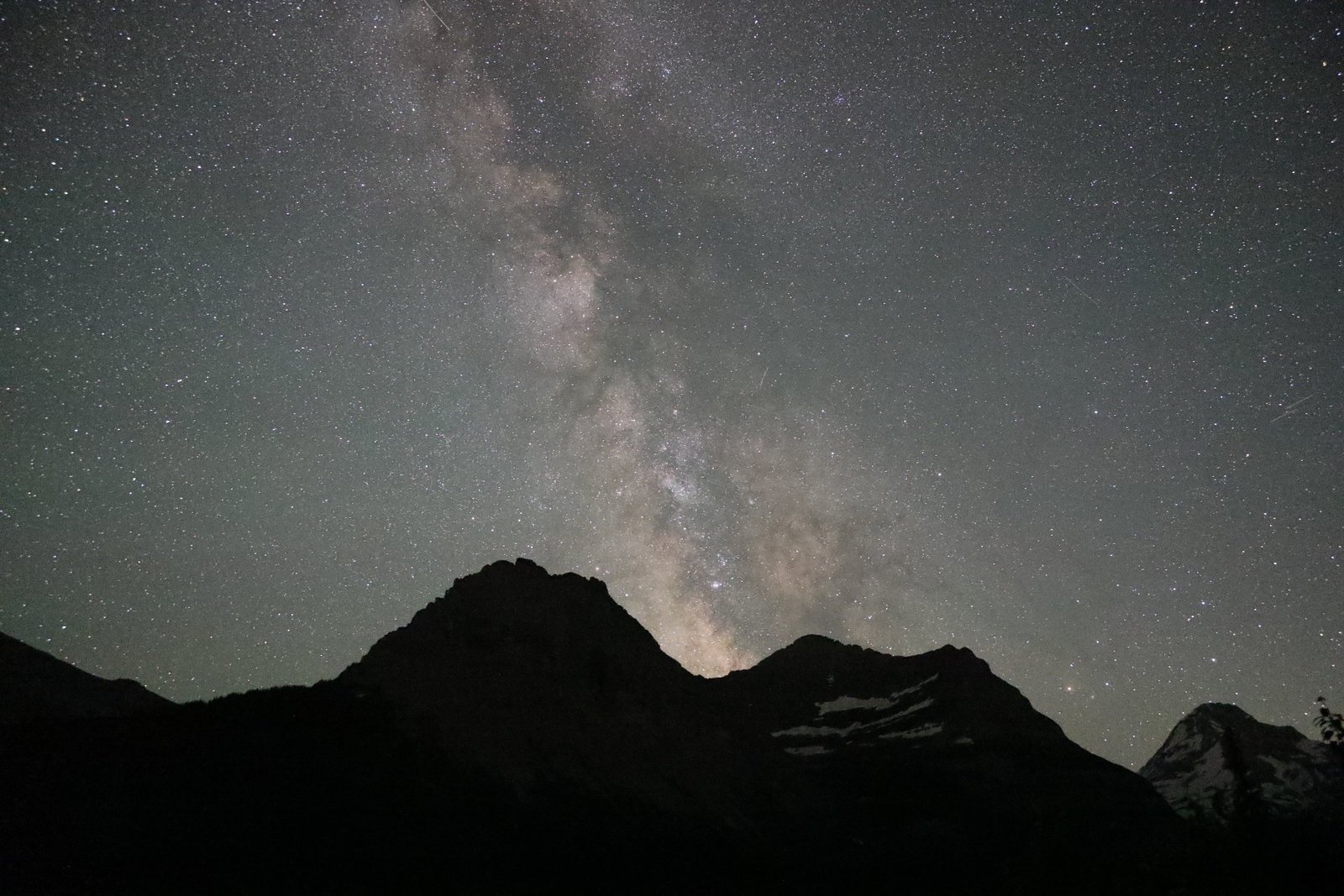Glacier National Park is undeniably a major geographical landmark, renowned for its stunning landscapes shaped by glacial activity. This UNESCO World Heritage site encompasses two mountain ranges, over 700 lakes, and diverse ecosystems. Its unique geological features, including the Continental Divide and the Lewis Overthrust, make it a significant landmark in North America’s geography.
Is Glacier National Park Considered a Major Geographical Landmark?

Glacier National Park is indeed a major geographical landmark due to its unique and diverse geological features. Here are some key aspects that classify it as such:
- Elevation and Mountain Ranges: The park encompasses two major mountain ranges, the Lewis and Livingston Ranges, with six peaks exceeding 10,000 feet (3,050 meters) in elevation.
- Continental Divide: The park straddles the Continental Divide, a significant geographical feature that separates the drainage systems of the Pacific Ocean, Hudson Bay, and the Gulf of Mexico.
- Glacial Features: The park is characterized by numerous glacial features such as U-shaped valleys, cirques, and moraines.
What Are the Key Geographical Features of Glacier National Park?

Mountain Ranges and Peaks
- Lewis Range
- Livingston Range
- Mount Cleveland (highest peak at 10,466 feet)
- Triple Divide Peak
Water Bodies
- Over 700 lakes
- Lake McDonald (largest lake)
- St. Mary Lake
- Numerous rivers and streams
Glacial Formations
- U-shaped valleys
- Cirques
- Moraines
- Arêtes (e.g., Garden Wall)
How Did Glacier National Park’s Geography Form?
The formation of Glacier National Park’s unique geography can be attributed to several geological processes:
- Tectonic Activity: The Rocky Mountains began forming about 170 million years ago due to tectonic plate movements.
- Lewis Overthrust: This major geological event occurred 60-70 million years ago, pushing older rock layers over younger ones.
- Glaciation: Over the past 2 million years, glaciers have sculpted the landscape, creating the park’s distinctive features.
| Geological Process | Time Period | Impact on Landscape |
|---|---|---|
| Tectonic Activity | 170 million years ago | Formation of Rocky Mountains |
| Lewis Overthrust | 60-70 million years ago | Older rocks pushed over younger ones |
| Glaciation | Past 2 million years | Carved valleys, created lakes, left moraines |
What Makes Glacier National Park’s Geography Unique?
Several factors contribute to Glacier National Park’s unique geography:
- Continental Divide: The park is bisected by the Continental Divide, creating a diverse hydrological system.
- Varied Elevation: With elevations ranging from about 3,000 feet to over 10,000 feet, the park supports diverse ecosystems.
- Glacial Landscape: The park’s landscape has been dramatically shaped by glacial activity, resulting in distinctive features not commonly found elsewhere.
How Does Glacier National Park’s Geography Affect Its Ecosystem?
The park’s diverse geography directly influences its rich ecosystem:
- Vegetation Zones: The wide variation in elevation creates five distinct but overlapping vegetation zones.
- Wildlife Habitats: The varied landscape provides habitats for numerous species, including mountain goats, grizzly bears, and over 250 bird species.
- Water Sources: As the headwaters for three major river systems, the park’s geography plays a crucial role in supporting life across North America.
What Are the Most Significant Geographical Attractions in Glacier National Park?
Going-to-the-Sun Road
- 53-mile scenic road crossing the Continental Divide
- Open from mid-June to mid-September
- National Historic Civil Engineering Landmark
Hiking Trails
- Over 700 miles of trails
- Popular routes include Highline Trail and Continental Divide Trail
- Varied difficulty levels, from easy day hikes to challenging backcountry treks
Lakes and Waterfalls
- Lake McDonald: Largest lake in the park
- St. Mary Lake: Second-largest lake
- Virginia Falls and St. Mary Falls: Popular waterfall hikes
How Is Climate Change Affecting Glacier National Park’s Geography?
Climate change is having a significant impact on the park’s geography:
- Glacier Retreat: The park’s namesake glaciers are rapidly retreating due to warming temperatures.
- Ecosystem Shifts: As temperatures change, plant and animal species are moving to higher elevations.
- Water Resources: Changing precipitation patterns and glacier melt are affecting the park’s water resources.
What Conservation Efforts Are in Place to Protect Glacier National Park’s Geography?
Several conservation initiatives aim to protect the park’s unique geography:
- UNESCO Designations: The park is a UNESCO International Biosphere Reserve and part of a World Heritage site.
- Glacier Monitoring: Ongoing efforts to monitor and study the park’s glaciers and their retreat.
- Ecosystem Management: Programs to maintain the park’s biodiversity and natural processes.
- Visitor Education: Initiatives to educate visitors about the park’s geography and the importance of conservation.
In conclusion, Glacier National Park is undoubtedly a major geographical landmark. Its unique combination of mountain ranges, glacial features, diverse ecosystems, and geological history make it a significant and irreplaceable part of North America’s natural heritage. As climate change continues to affect the park’s landscape, ongoing conservation efforts are crucial to preserving this remarkable geographical wonder for future generations.
References:
1. Glacier National Park | Montana, Map, History, & Facts | Britannica
2. Glacier National Park (U.S.) – Wikipedia
3. Geology – Glacier National Park (U.S. National Park Service)